HSBC 2010 Annual Report Download - page 92
Download and view the complete annual report
Please find page 92 of the 2010 HSBC annual report below. You can navigate through the pages in the report by either clicking on the pages listed below, or by using the keyword search tool below to find specific information within the annual report.-
 1
1 -
 2
2 -
 3
3 -
 4
4 -
 5
5 -
 6
6 -
 7
7 -
 8
8 -
 9
9 -
 10
10 -
 11
11 -
 12
12 -
 13
13 -
 14
14 -
 15
15 -
 16
16 -
 17
17 -
 18
18 -
 19
19 -
 20
20 -
 21
21 -
 22
22 -
 23
23 -
 24
24 -
 25
25 -
 26
26 -
 27
27 -
 28
28 -
 29
29 -
 30
30 -
 31
31 -
 32
32 -
 33
33 -
 34
34 -
 35
35 -
 36
36 -
 37
37 -
 38
38 -
 39
39 -
 40
40 -
 41
41 -
 42
42 -
 43
43 -
 44
44 -
 45
45 -
 46
46 -
 47
47 -
 48
48 -
 49
49 -
 50
50 -
 51
51 -
 52
52 -
 53
53 -
 54
54 -
 55
55 -
 56
56 -
 57
57 -
 58
58 -
 59
59 -
 60
60 -
 61
61 -
 62
62 -
 63
63 -
 64
64 -
 65
65 -
 66
66 -
 67
67 -
 68
68 -
 69
69 -
 70
70 -
 71
71 -
 72
72 -
 73
73 -
 74
74 -
 75
75 -
 76
76 -
 77
77 -
 78
78 -
 79
79 -
 80
80 -
 81
81 -
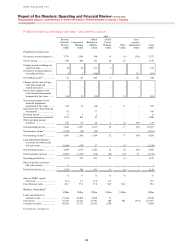 82
82 -
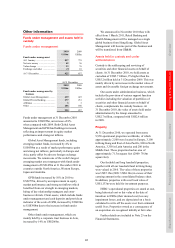 83
83 -
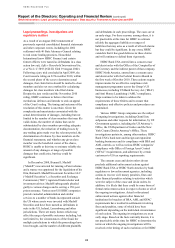 84
84 -
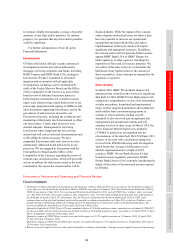 85
85 -
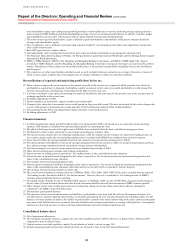 86
86 -
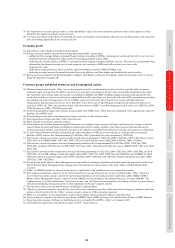 87
87 -
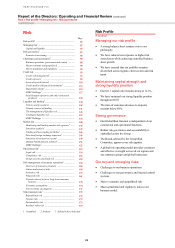 88
88 -
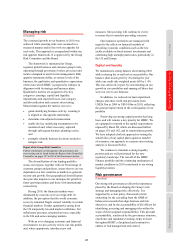 89
89 -
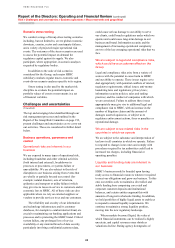 90
90 -
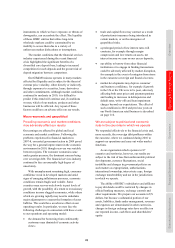 91
91 -
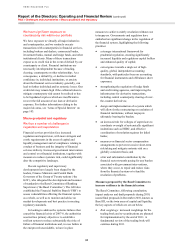 92
92 -
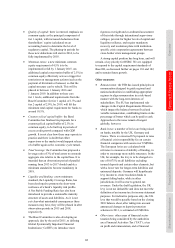 93
93 -
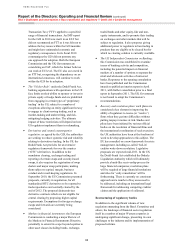 94
94 -
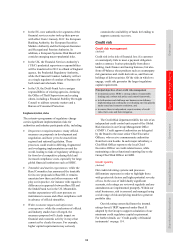 95
95 -
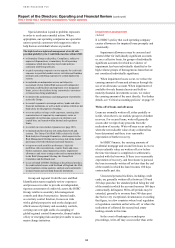 96
96 -
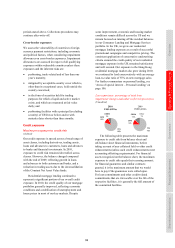 97
97 -
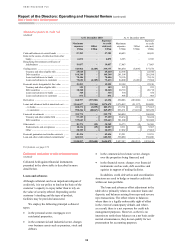 98
98 -
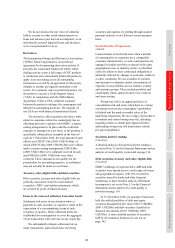 99
99 -
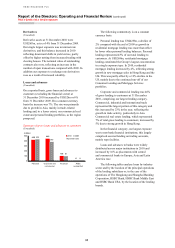 100
100 -
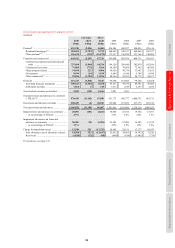 101
101 -
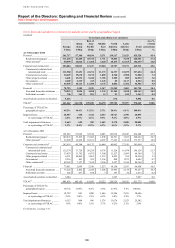 102
102 -
 103
103 -
 104
104 -
 105
105 -
 106
106 -
 107
107 -
 108
108 -
 109
109 -
 110
110 -
 111
111 -
 112
112 -
 113
113 -
 114
114 -
 115
115 -
 116
116 -
 117
117 -
 118
118 -
 119
119 -
 120
120 -
 121
121 -
 122
122 -
 123
123 -
 124
124 -
 125
125 -
 126
126 -
 127
127 -
 128
128 -
 129
129 -
 130
130 -
 131
131 -
 132
132 -
 133
133 -
 134
134 -
 135
135 -
 136
136 -
 137
137 -
 138
138 -
 139
139 -
 140
140 -
 141
141 -
 142
142 -
 143
143 -
 144
144 -
 145
145 -
 146
146 -
 147
147 -
 148
148 -
 149
149 -
 150
150 -
 151
151 -
 152
152 -
 153
153 -
 154
154 -
 155
155 -
 156
156 -
 157
157 -
 158
158 -
 159
159 -
 160
160 -
 161
161 -
 162
162 -
 163
163 -
 164
164 -
 165
165 -
 166
166 -
 167
167 -
 168
168 -
 169
169 -
 170
170 -
 171
171 -
 172
172 -
 173
173 -
 174
174 -
 175
175 -
 176
176 -
 177
177 -
 178
178 -
 179
179 -
 180
180 -
 181
181 -
 182
182 -
 183
183 -
 184
184 -
 185
185 -
 186
186 -
 187
187 -
 188
188 -
 189
189 -
 190
190 -
 191
191 -
 192
192 -
 193
193 -
 194
194 -
 195
195 -
 196
196 -
 197
197 -
 198
198 -
 199
199 -
 200
200 -
 201
201 -
 202
202 -
 203
203 -
 204
204 -
 205
205 -
 206
206 -
 207
207 -
 208
208 -
 209
209 -
 210
210 -
 211
211 -
 212
212 -
 213
213 -
 214
214 -
 215
215 -
 216
216 -
 217
217 -
 218
218 -
 219
219 -
 220
220 -
 221
221 -
 222
222 -
 223
223 -
 224
224 -
 225
225 -
 226
226 -
 227
227 -
 228
228 -
 229
229 -
 230
230 -
 231
231 -
 232
232 -
 233
233 -
 234
234 -
 235
235 -
 236
236 -
 237
237 -
 238
238 -
 239
239 -
 240
240 -
 241
241 -
 242
242 -
 243
243 -
 244
244 -
 245
245 -
 246
246 -
 247
247 -
 248
248 -
 249
249 -
 250
250 -
 251
251 -
 252
252 -
 253
253 -
 254
254 -
 255
255 -
 256
256 -
 257
257 -
 258
258 -
 259
259 -
 260
260 -
 261
261 -
 262
262 -
 263
263 -
 264
264 -
 265
265 -
 266
266 -
 267
267 -
 268
268 -
 269
269 -
 270
270 -
 271
271 -
 272
272 -
 273
273 -
 274
274 -
 275
275 -
 276
276 -
 277
277 -
 278
278 -
 279
279 -
 280
280 -
 281
281 -
 282
282 -
 283
283 -
 284
284 -
 285
285 -
 286
286 -
 287
287 -
 288
288 -
 289
289 -
 290
290 -
 291
291 -
 292
292 -
 293
293 -
 294
294 -
 295
295 -
 296
296 -
 297
297 -
 298
298 -
 299
299 -
 300
300 -
 301
301 -
 302
302 -
 303
303 -
 304
304 -
 305
305 -
 306
306 -
 307
307 -
 308
308 -
 309
309 -
 310
310 -
 311
311 -
 312
312 -
 313
313 -
 314
314 -
 315
315 -
 316
316 -
 317
317 -
 318
318 -
 319
319 -
 320
320 -
 321
321 -
 322
322 -
 323
323 -
 324
324 -
 325
325 -
 326
326 -
 327
327 -
 328
328 -
 329
329 -
 330
330 -
 331
331 -
 332
332 -
 333
333 -
 334
334 -
 335
335 -
 336
336 -
 337
337 -
 338
338 -
 339
339 -
 340
340 -
 341
341 -
 342
342 -
 343
343 -
 344
344 -
 345
345 -
 346
346 -
 347
347 -
 348
348 -
 349
349 -
 350
350 -
 351
351 -
 352
352 -
 353
353 -
 354
354 -
 355
355 -
 356
356 -
 357
357 -
 358
358 -
 359
359 -
 360
360 -
 361
361 -
 362
362 -
 363
363 -
 364
364 -
 365
365 -
 366
366 -
 367
367 -
 368
368 -
 369
369 -
 370
370 -
 371
371 -
 372
372 -
 373
373 -
 374
374 -
 375
375 -
 376
376 -
 377
377 -
 378
378 -
 379
379 -
 380
380 -
 381
381 -
 382
382 -
 383
383 -
 384
384 -
 385
385 -
 386
386 -
 387
387 -
 388
388 -
 389
389 -
 390
390 -
 391
391 -
 392
392 -
 393
393 -
 394
394 -
 395
395 -
 396
396
 |
 |

HSBC HOLDINGS PLC
Report of the Directors: Operating and Financial Review (continued)
Risk > Challenges and uncertainties > Macro-prudential and regulatory
90
We have significant exposure to
counterparty risk within our portfolio
We have exposure to virtually all major industries
and counterparties, and we routinely execute
transactions with counterparties in financial services,
including brokers and dealers, commercial banks,
investment banks, mutual and hedge funds, and other
institutional clients. Many of these transactions
expose us to credit risk in the event of default by our
counterparty or client. Financial institutions are
necessarily interdependent because of trading,
clearing, counterparty or other relationships. As a
consequence, a default by, or decline in market
confidence in, individual institutions, or anxiety
about the financial services industry generally, can
lead to further individual and/or systemic losses. Our
credit risk may remain high if the collateral taken to
mitigate counterparty risk cannot be realised or has
to be liquidated at prices which are insufficient to
recover the full amount of our loan or derivative
exposure. For further information relating to the
major risk areas, see ‘Areas of Special Interest’ on
page 103.
Macro-prudential and regulatory
We face a number of challenges in
regulation and supervision
Financial services providers face increased
regulation and supervision, with more stringent and
costly requirements in the areas of capital and
liquidity management and of compliance relating to
conduct of business and the integrity of financial
services delivery. Increased government intervention
and control over financial institutions, together with
measures to reduce systemic risk, could significantly
alter the competitive landscape.
Recent regulatory and supervisory
developments have largely been shaped by the
leaders, Finance Ministers and Central Bank
Governors of the Group of Twenty nations (‘the
G20’), who delegated the development and issuance
of standards to the Basel Committee of Banking
Supervisors (‘the Basel Committee’). The G20 also
established the Financial Stability Board (‘FSB’) to
assess vulnerabilities affecting the financial system
as a whole, as well as to monitor and advise on
market developments and best practice in meeting
regulatory standards.
In looking to address the systemic failures that
caused the financial crisis of 2007-8, the authorities
asserted two primary objectives: to establish a
resilient system to reduce substantially the risks of
failure of financial institutions and, in case failure in
the end proved unavoidable, to have in place
measures to achieve orderly resolution without cost
to taxpayers. Governments and regulators have
embarked on significant change in the regulation of
the financial system, highlighting the following
priorities:
• a stronger international framework for
prudential regulation, ensuring significantly
increased liquidity and regulatory capital buffers
and enhanced quality of capital;
• convergence towards a single set of high-
quality, global, independent accounting
standards, with particular focus on accounting
for financial instruments and off-balance sheet
exposures;
• strengthening the regulation of hedge funds
and credit rating agencies, and improving the
infrastructure for derivative transactions,
including central counterparty clearing of over-
the-counter derivatives;
• design and implementation of a system which
will allow for the restructuring or resolution of
financial institutions, without taxpayers
ultimately bearing the burden;
• an increased role for colleges of supervisors to
coordinate oversight of systemically significant
institutions such as HSBC, and effective
coordination of resolution regimes for failed
banks;
• measures on financial sector compensation
arrangements to prevent excessive short-term
risk taking and mitigate systemic risk on a
globally consistent basis; and
• a fair and substantial contribution by the
financial sector towards paying for any burden
associated with government interventions,
where they occur, to repair and reduce risks
from the financial system or to fund the
resolution of problems.
Measures proposed by the Basel Committee to
increase resilience in the financial system
The Basel Committee, following consultation,
impact analyses and draft proposals during 2010,
issued final proposals in December 2010, known as
Basel III, on the twin areas of capital and liquidity,
the key aspects of which are set out below.
• Risk weightings: increased weightings for the
trading book and re-securitisations are planned
for implementation by the end of 2011. A
fundamental review of the trading book will
continue during 2011.
